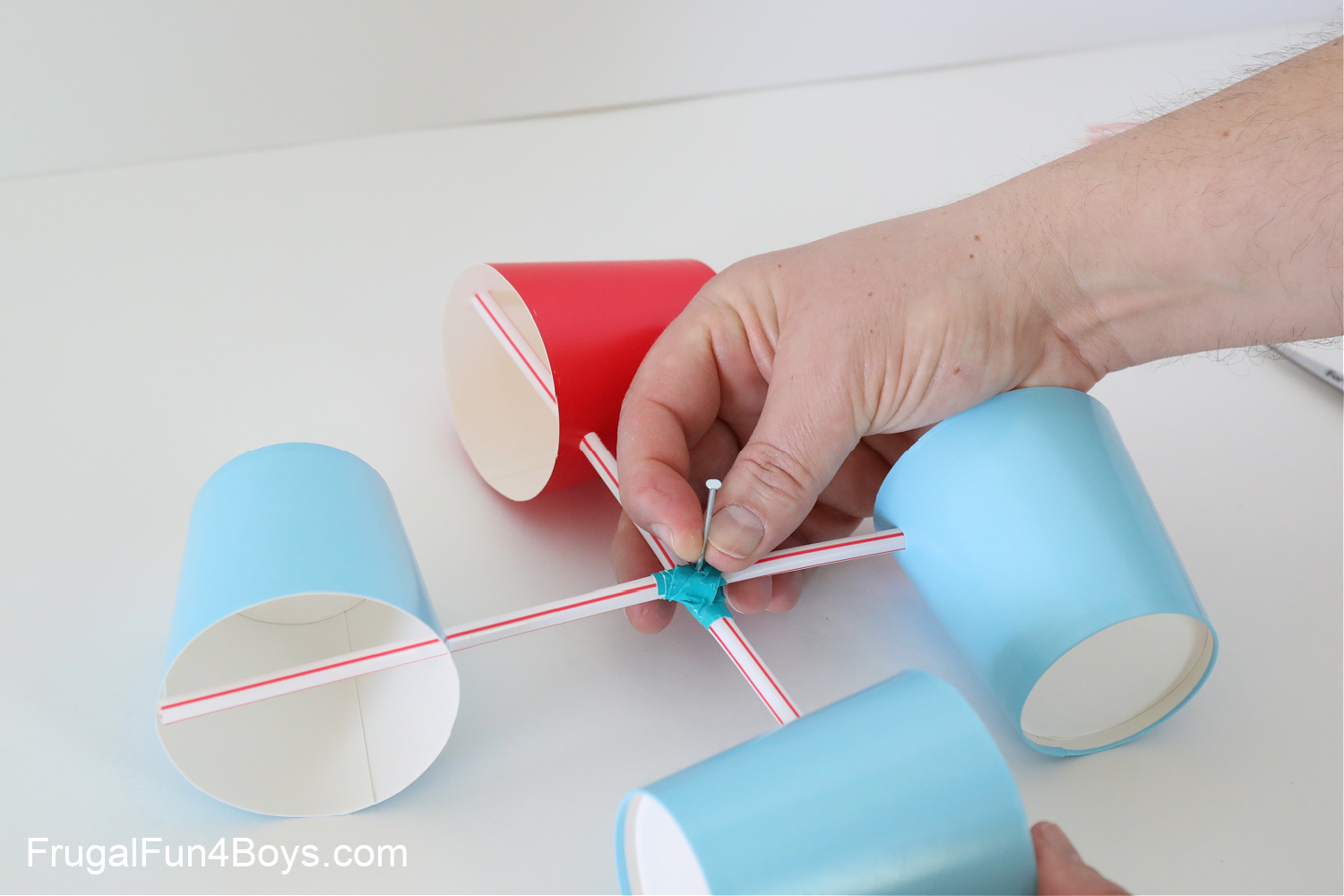The Duty of an Anemometer in Improving Security for Outdoor Activities
The Duty of an Anemometer in Improving Security for Outdoor Activities
Blog Article
Checking Out the Functions and Benefits of Anemometers for Weather Enthusiasts and Professionals
From mug anemometers to sonic anemometers, each kind brings its one-of-a-kind collection of advantages and applications, dropping light on numerous aspects of atmospheric problems. As we delve right into the functions and benefits of anemometers, a deeper understanding arises not only of prevailing weather condition sensations however additionally of the wider effects for fields like wind energy manufacturing and ecological research.
Value of Anemometers in Weather Tracking
Anemometers play a critical role in weather tracking by supplying precise measurements of wind speed, aiding in forecasting and understanding climate patterns. These tools, ranging from conventional cup anemometers to modern ultrasonic anemometers, are crucial for meteorologists, scientists, and weather condition lovers alike. By gauging wind rate, anemometers assist in figuring out the intensity of climate sensations such as cyclones, storms, and hurricanes. Additionally, they give important data for aviation, maritime procedures, and different sectors that are delicate to wind conditions.

Kinds Of Anemometers and Their Applications
With the critical function anemometers play in weather tracking and forecasting, understanding the different kinds of these tools and their applications becomes important for experts and enthusiasts in the field. The most typical types of anemometers consist of cup anemometers, vane anemometers, hot-wire anemometers, and ultrasonic anemometers. Cup anemometers include 3 or 4 mugs placed on straight arms that turn with the wind, measuring its rate. Vane anemometers, on the other hand, make use of a freely rotating vane to straighten with the wind instructions, supplying both wind speed and direction measurements. Hot-wire anemometers run based upon the concept of convective warm transfer, where the cooling result of the air flow is measured to determine wind speed. Ultrasonic anemometers use ultrasonic acoustic wave to calculate wind speed and instructions accurately.
Mug anemometers are robust and suitable for general weather tracking, while vane anemometers are preferred for directional dimensions. Ultrasonic anemometers are non-intrusive and supply high precision, commonly utilized in study and specialized weather condition surveillance applications.
Advantages of Making Use Of Anemometers in Forecasting
In weather forecasting, the application of anemometers supplies very useful advantages for improving the precision of weather condition forecasting. Anemometers gauge wind speed and direction, providing vital information for predicting weather condition patterns. By integrating wind data into forecasting designs, meteorologists can much better recognize the activity of weather systems, prepare for changes in climatic problems, and problem more exact projections.
In addition, anemometers play a crucial role in analyzing possible weather condition risks. Checking wind rates assists forecasters predict serious weather condition events such as cyclones, hurricanes, and winter storms with greater accuracy. This very early warning system Click Here enables authorities to issue prompt alerts and execute essential precaution, lowering the risks to life and residential property.
Additionally, anemometers assist in enhancing renewable power production. By examining wind patterns, meteorologists can determine appropriate areas for wind farms and anticipate energy output, adding to the reliable generation of wind power.

Anemometers in Wind Power Production
Offered the critical function anemometers play in giving exact wind information for weather forecasting and hazard assessment, their importance extends to the world of wind power production. Anemometers are important instruments in the field of wind power, where the dimension of wind rate and instructions is important for figuring out the expediency and efficiency of wind turbine setups. By accurately measuring wind rates at differing elevations, anemometers assist enhance the placement and style of wind generators to make best use of power output.
In wind ranches, anemometers are purposefully placed to gather real-time wind information that is used to assess the potential energy see it here production of a site. This information contributes in establishing the financial feasibility of wind power projects and in projecting energy generation to ensure grid stability. Additionally, anemometers aid in keeping track of wind problems to enhance turbine efficiency, protect against damages from high winds, and make sure the safety and security of employees working in the location of wind turbines.
Enhancing Weather Understanding With Anemometers

Anemometers play a key role in boosting our understanding of microclimates. These localized weather problems can differ substantially from wider regional forecasts, making it vital to have accurate data for specific areas. anemometer. By strategically positioning anemometers in various places, scientists can collect detailed details on how wind behaves in various surfaces, metropolitan settings, or bodies of water
Moreover, anemometers add to improving weather projecting designs by supplying real-time information on wind actions. This information is specifically beneficial for anticipating serious climate occasions, enhancing farming methods, and sustaining markets like aviation and maritime navigating. On the whole, anemometers are important tools that enable us to delve much deeper right into the intricacies of weather condition systems, ultimately resulting in more precise forecasts and better-informed choices.
Conclusion
In verdict, anemometers view it now play an essential role in weather condition monitoring and projecting by determining wind rate and direction. Anemometers likewise have applications in wind energy manufacturing, further highlighting their relevance in both weather forecasting and eco-friendly energy sectors.
From mug anemometers to sonic anemometers, each type brings its distinct set of applications and benefits, dropping light on numerous aspects of climatic conditions. These instruments, ranging from traditional mug anemometers to contemporary ultrasonic anemometers, are vital for meteorologists, researchers, and weather lovers alike. The most usual types of anemometers include cup anemometers, vane anemometers, hot-wire anemometers, and ultrasonic anemometers. Mug anemometers are ideal and durable for basic weather surveillance, while vane anemometers are favored for directional dimensions. Anemometers are essential tools in the field of wind energy, where the measurement of wind rate and direction is critical for figuring out the expediency and performance of wind generator installations.
Report this page